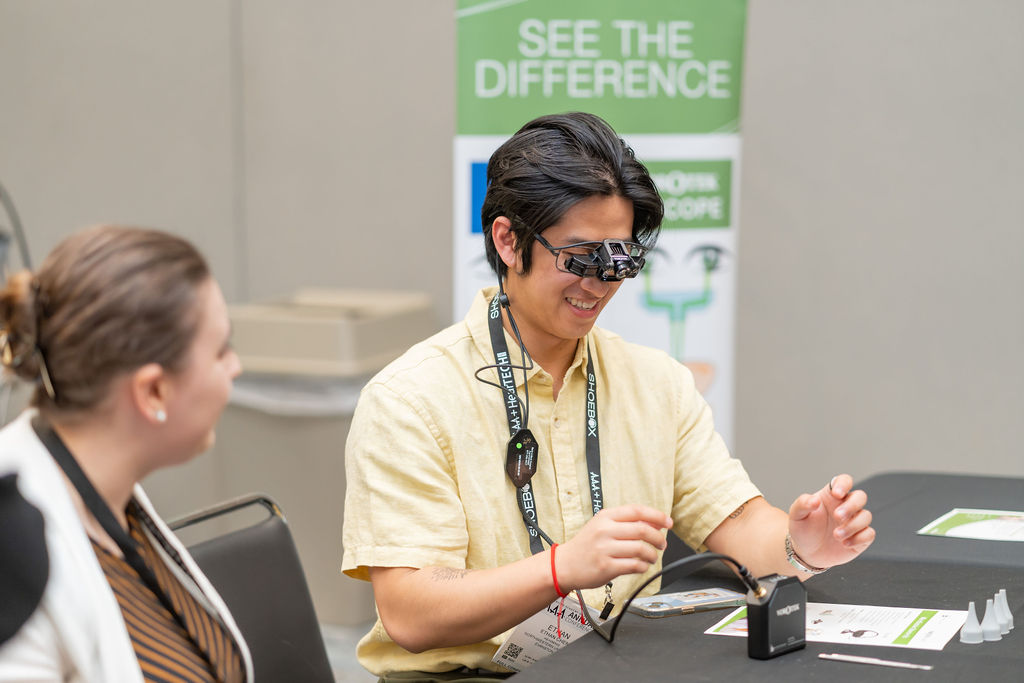An Open Letter to the Audiology Community
Behavioral audiology (BA) is based on a simple question: How do changes in an individual’s auditory status affect their overt and covert behaviors, specifically, but not exclusively, their receptive communication function? This leads to the corollary: What changes can we, as audiologists, effect in a client’s auditory behavior to improve their receptive communication function?
BA is now in its infancy as a clinical discipline but has its roots right back at the start of modern audiology following World War II when its focus was on the difficulties experienced by U.S. Veterans as a result of traumatic changes to their auditory status.
At that stage, knowledge of auditory function was basic, almost entirely based on the behavioral changes noted in people with abnormal pure-tone audiometry. There was little or no appreciation of the subtleties of the auditory process that have become apparent in greater detail recently, but nevertheless, audiological interventions were based on treating the Veteran’s receptive communication difficulties, as a behavioral audiologist might describe them now.
To understand how BA is different from conventional audiology practice, we must look very carefully at the phenomena with which are working. This close examination has not been carried out in the past (the early assumptions have not been challenged) and, as a result, there is a lot of confusion, both within and outside of our profession. Hopefully, you will see how BA can reduce this confusion as you read on.
We are dealing with highly complex phenomena, but our everyday language does not have well-defined concepts for us to describe these. The common language words such as hearing, especially, has multiple meanings. The jargon we have developed in audiology to describe these phenomena is very loose, and as we begin to uncover the complexities of our area, its inadequacy becomes clearer.
To escape this quandary, we need to re-examine the phenomena we are dealing with fresh eyes and develop very strict definitions. BA uses new definitions to help us with these complexities.
Recent Posts
Turn Insight Into Action! Attend Learning Labs at AAA 2026
Ready to take your professional development to the next level? At AAA 2026, Learning Labs are your chance to go beyond lectures and dive into…
Your Support Makes the Difference—Let’s Finish the Year Strong
As we wrap up the year, I want to thank you for your generosity supporting the AAA Foundation’s work. The enclosed report highlights what you…
Audiology Faces New Challenges Under Draft Federal Loan Rule: What Comes Next
Member Action Needed Soon! The U.S. Department of Education’s Advisory Committee has reached consensus on proposed regulations implementing the higher education provisions of the One…


